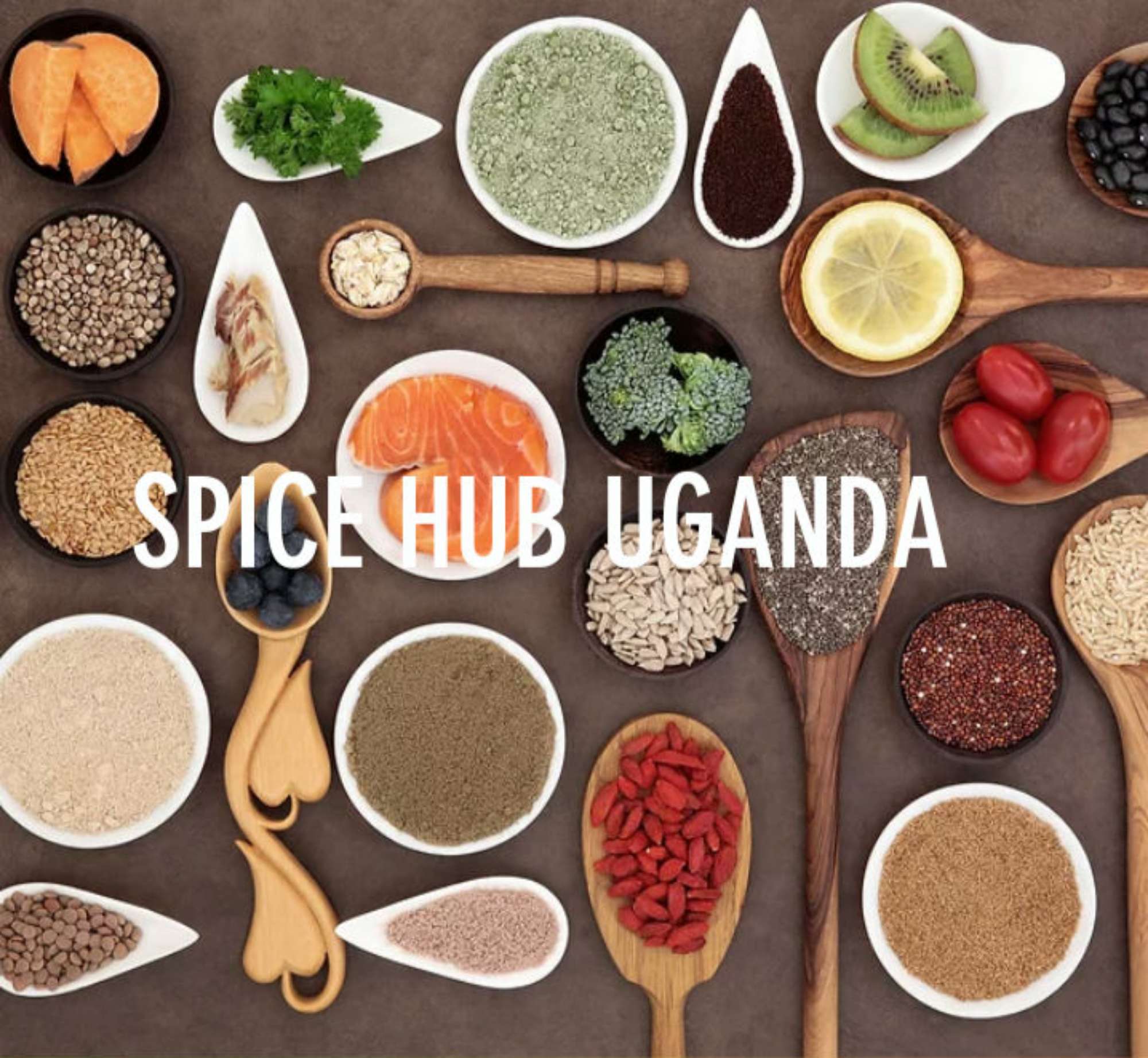Unlocking the Secrets of Spice Blending: Crafting Your Own Unique Flavor Fusion
- SPICE HUB UGANDA

- Mar 5
- 4 min read
Spices have an incredible ability to turn an ordinary meal into something extraordinary. They can add depth, warmth, and excitement to your dishes. For example, a sprinkle of cinnamon can bring coziness to apples, while a dash of chili can ignite the flavor of your favorite tacos. But how can you create your own signature spice mix? This guide will explore the art of spice blending. You will find practical tips and inspiring examples to develop unique flavor combinations that suit your taste.
Understanding the Basics of Spices Before Spice Blending
Before diving into spice blending, it's helpful to understand what spices are. Spices originate from different plant parts, including seeds, bark, roots, and fruits. Each spice has its own flavor profile and aroma, which can enhance your cooking in myriad ways.
Here are some basic categories of spices:
Baking Spices: These include cinnamon, nutmeg, and allspice, which can add warmth and sweetness to baked goods such as pies or cookies.
Herbs: Fragrant leaves like basil, oregano, and thyme add freshness and depth to dishes like pasta or marinades.
Heat: Spices such as cumin and black pepper give warmth and spiciness, making them great for chili or grilled meats.
Understanding these categories helps you see how different spices can either complement or contrast with each other, allowing for creative combinations.
Choosing Your Base Flavors
Crafting a unique spice blend begins with selecting your base flavors. These spices set the tone for the blend and can be chosen based on the cuisine you want to emulate.
For example, if you're preparing a barbecue rub, you might mix paprika, brown sugar, and cumin for a sweet and smoky flavor profile. Alternatively, for an Italian seasoning, you might choose basil, oregano, and garlic powder to evoke classic Mediterranean tastes.
Here are three factors to consider when selecting your base flavors:
Personal Preference: Start with spices that you enjoy. If you love garlic, consider incorporating garlic powder to your mix.
Cuisine Influence: Identify the culinary traditions that excite you and select spices that reflect that style. Looking for a Moroccan flavor? Try coriander and cinnamon for warmth.
Dietary Needs: Pay attention to any dietary restrictions or allergies. For example, if someone is sensitive to salt, consider creating blends that rely on aromatic herbs instead.
Experimenting with Secondary Flavors
After selecting your base flavors, it’s time to explore secondary flavors that can enhance your blend's complexity. These spices can provide heat, sweetness, or tanginess, enhancing the mix without overwhelming the base flavors.
Consider these secondary flavor options:
Heat: If you want an extra kick, add red pepper flakes or cayenne. For instance, a pinch of cayenne can elevate a dish like shrimp tacos.
Sweetness: Incorporate dried herbs like dill or spices like cardamom to add a hint of sweetness, good for complements in curries.
Earthiness: Use spices like turmeric or coriander to introduce rich, earthy notes, enhancing dishes like lentil soup.
Start small—blend a teaspoon of each spice at first. Taste and adjust as necessary. This way, you can find the perfect combination without wasting significant amounts of spices.
Balancing Your Blend
Creating a balanced spice blend is crucial for success. Here are some tips to achieve a harmonious flavor profile:
Proportions: Begin with a 2:1 ratio of base spices to secondary flavors. For example, if you have 2 teaspoons of paprika, you might add 1 teaspoon of cumin.
Taste Test: After blending, let your spice mix rest for a few hours to let the flavors develop. After the resting period, taste again. Spices can change over time, and this step ensures a well-rounded flavor.
Personal Touch: Add a unique twist! Consider using smoked paprika for a savory depth, or a sprinkle of turmeric for a vibrant color in your dishes.
Over time, you will gain an intuitive sense of how to balance flavors and craft blends that reflect your personal style.
Practical Uses for Your Spice Mix
With your custom spice blend ready, it’s time to put it to use. Here are some practical ideas:
Seasoning Meats: Massage your spice blend into chicken, beef, or pork before grilling or roasting. This not only adds flavor but also creates a delicious crust.
Vegetable Dishes: Toss your spice mix with fresh vegetables before roasting for a flavourful twist. For example, try blending it with carrots, potatoes, and onions for a roasted side dish.
Soups and Stews: Stir a spoonful of your blend into soups and stews to boost complexity. A rustic chili is transformed by the addition of chili powder and cumin.
Dips and Sauces: Mix it with yogurt or sour cream to create a tasty dip, ideal for pita bread or vegetable platters.
Each application helps enhance the flavors of your mix, allowing you to discover various ways to enjoy your culinary creation.
Storing and Preserving Your Spice Mix
To keep your spice blends fresh, consider these storage tips:
Airtight Containers: Use tightly sealed glass jars or opaque containers. This helps prevent exposure to light, which can degrade spices.
Cool, Dry Place: Store your spices in a cool, dark area of your kitchen. Excess heat and moisture will diminish their quality.
Labeling: Clearly label your jars with the blend name and the date you made it. This way, you can monitor freshness and use your blends before they lose potency.
Typically, blended spices will remain effective for six months. To maintain maximum flavor, make smaller batches more frequently.
Your Culinary Adventure Awaits
Crafting your spice blend is not just about flavor; it’s an enjoyable journey of creativity. By understanding the basics of spices and experimenting with blending, you can discover combinations that resonate with your cooking style.
From delightful family dinners to special gatherings, your unique spice mix can transform meals, enticing friends and loved ones alike. So gather your ingredients, experiment, and begin your spice-blending adventure today!






Comments